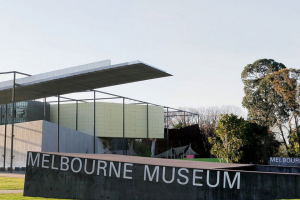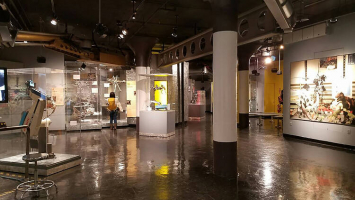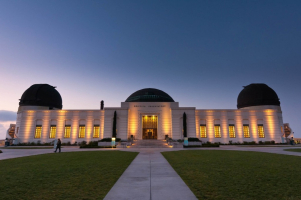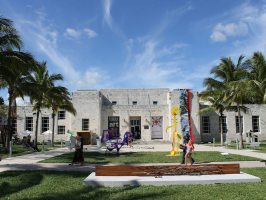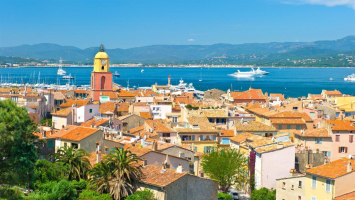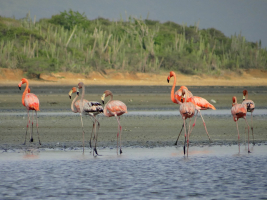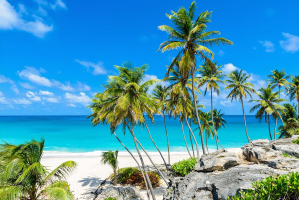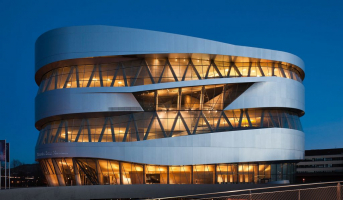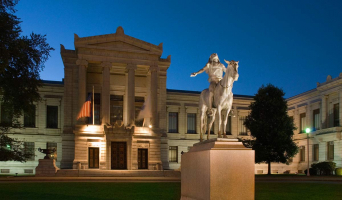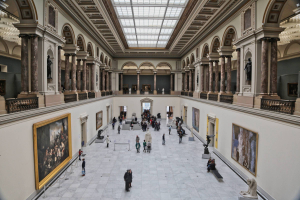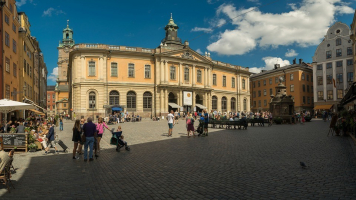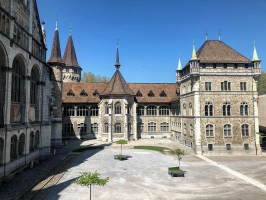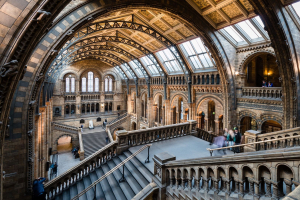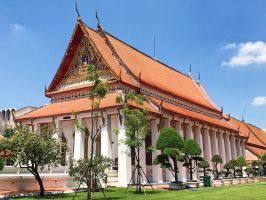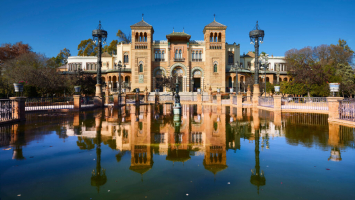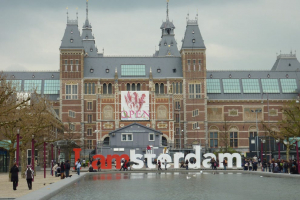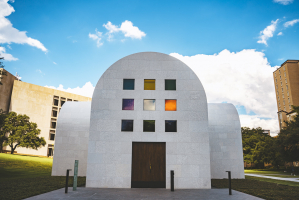Top 6 Best Museums to Visit in the Philippines
Visiting museums is one of the most effective methods to learn about a country's history and culture. The Philippines is brimming with museums that care for ... read more...collections of antiques and other objects of scientific, artistic, cultural, or historical significance and make them available to the public through displays. Although there are noteworthy museums in several regions, the largest and most visited museums in the Philippines are concentrated in the main cities of Metro Manila. The following is a list of the most popular museums in the Philippines.
-
The National Museum of Anthropology is a Mexican national museum. It is Mexico's largest and most visited museum. The museum is located in Chapultepec Park in Mexico City, between Paseo de la Reforma and Mahatma Gandhi Street. It houses important archaeological and anthropological artifacts from Mexico's pre-Columbian heritage, such as the Stone of the Sun (or the Aztec calendar stone) and the Aztec Xochipilli statue.
The Instituto Nacional de Antropologia e Historia (National Institute of Anthropology and History), or INAH, manages the museum as well as several other national and provincial museums in Mexico. It was one of several museums established in 1964 by Mexican President Adolfo López Mateos. The museum has received mixed reviews, with one critic praising it as "a national treasure and identity sign The museum represents a convergence of ideological, scientific, and political achievements". Octavio Paz attacked the museum's decision to make the Mexica (Aztec) hall the focal point, claiming that the "exaltation and adoration of Mexico-Tenochtitlan converts the Museum of Anthropology into a shrine".
Location: Padre Burgos Ave, Ermita, Manila, 1000 Metro Manila, Philippines
Website: nationalmuseum.gov.ph/our-museums/national-museum-of-anthropology/
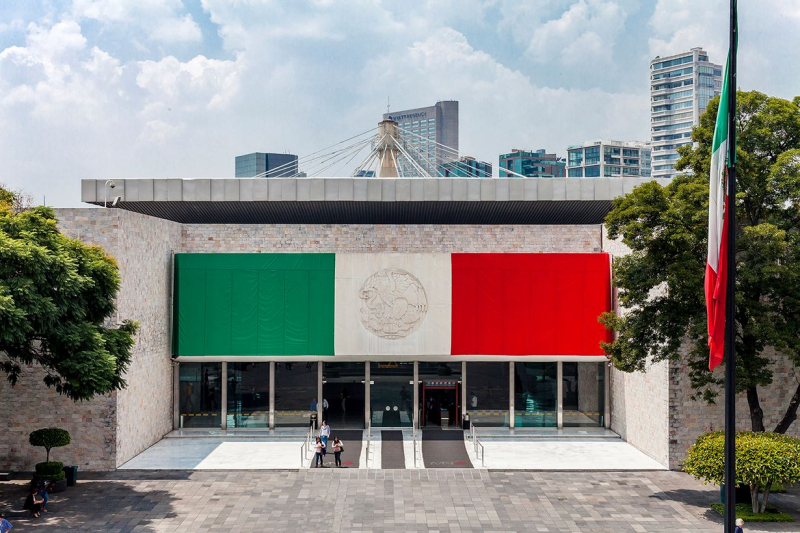
National Museum of Anthropology 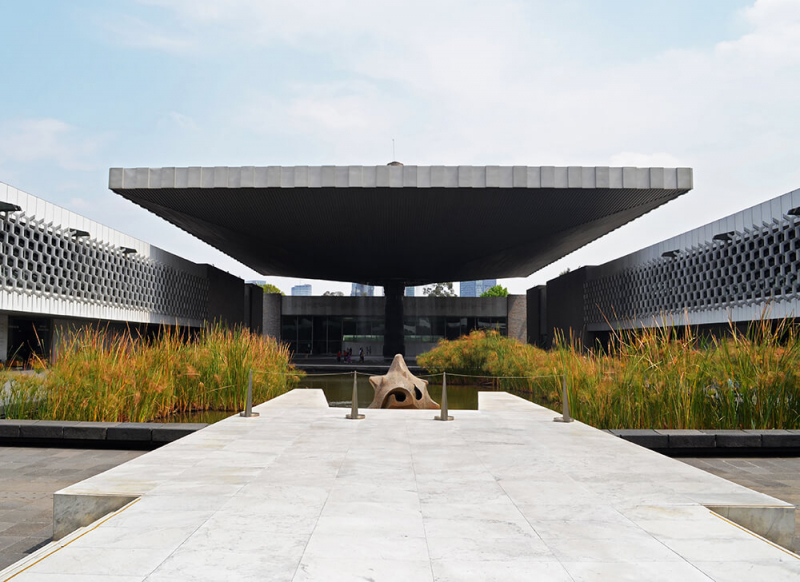
National Museum of Anthropology -
The Ayala Museum is a museum located in Makati, Manila, Philippines. It is privately operated by the Ayala Foundation and is located in Ayala Center, next to Greenbelt Mall. The ethnographic and archaeological displays on Filipino culture, art, and history are housed in this six-story structure. Since its inception in 1967, the museum has been dedicated to displaying foreign collections and positioning contemporary Philippine art in the global arena through a two-way highway of reciprocal cooperation and exchange with local and international partners. After a two-year makeover, the museum reopened on December 4, 2021.
The ground level of the museum houses current exhibitions including retrospectives of Filipino artists and contemporary foreign art. The "Beyond Tobacco" exhibit was recently shown in conjunction with Ayala Corporation's 180th anniversary. Beyond Tobacco showcases the Philippines' rich economic history and its strong link with Spain during and after the Tobacco Monopoly in the nineteenth century through its huge collection of artifacts, memorabilia, maps, and pictures from the Compania General de Tobacos de Filipinas (also known as Tabacalera). The display includes artifacts such as tobaccos, cigar holders, and other paraphernalia. Maps depicting massive tobacco fields, mostly in Luzon, are also on exhibit, as are images of the facility before and after it was attacked during the Japanese occupation.
Location: Avenue corner De La Rosa Street, Greenbelt Park, Makati, Metro Manila, Philippines
Website: ayalamuseum.org
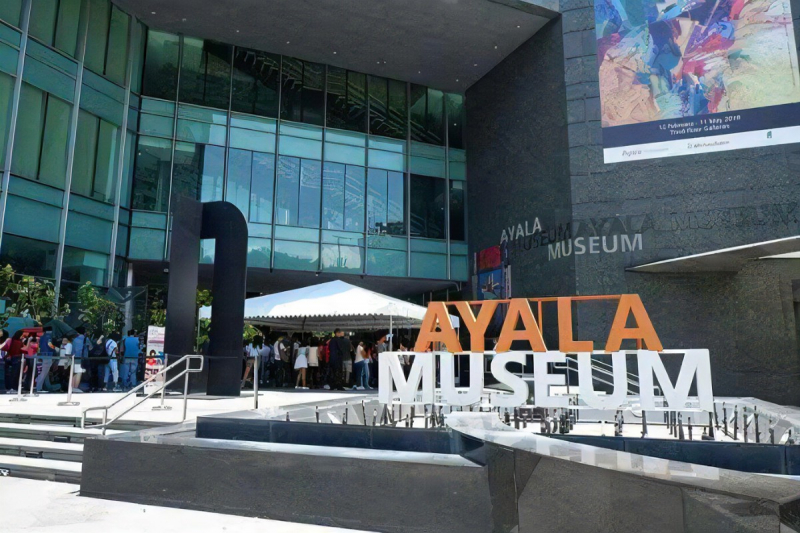
Ayala Museum 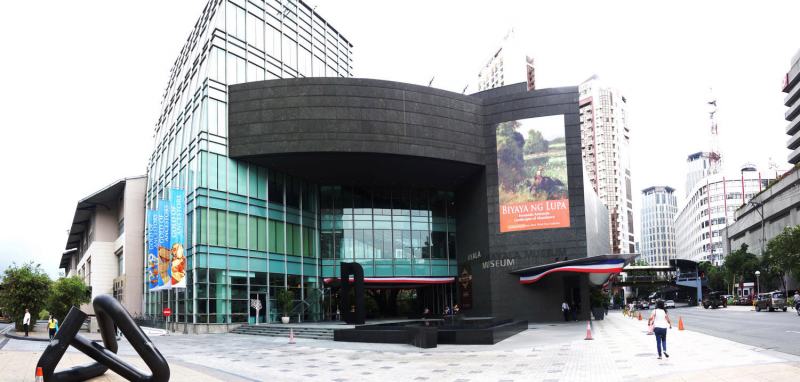
Ayala Museum -
The University of Santo Tomas Museum of Arts and Sciences is the Philippines' oldest museum. In the 17th century, it began as a Gabinete de Fisica, or observation chamber, for mineral, botanical, and biological collections. The collections were utilized as teaching resources under ancient Spanish educational regulations, particularly in Medicine and Pharmacy.
The UST Museum, the Philippines' oldest school-based museum, became a storehouse of scientific and artistic materials, as well as objets d'art. The museum began collecting works by Filipino masters such as Fernando and Pablo Amorsolo, Carlos Francisco, Vicente Manansala, and Galo Ocampo in 1941. Permanent exhibits include natural history specimens, anthropological materials, Oriental art pieces, Philippine religious icons, paintings, Coins, Medals, and Memorabilia. The painting collection spans the 17th through the 20th centuries.Location: Paraninfo, Main Building, University of Santo Tomas, España Boulevard. 1015, Philippines
Website: ustmuseum.ust.edu.ph
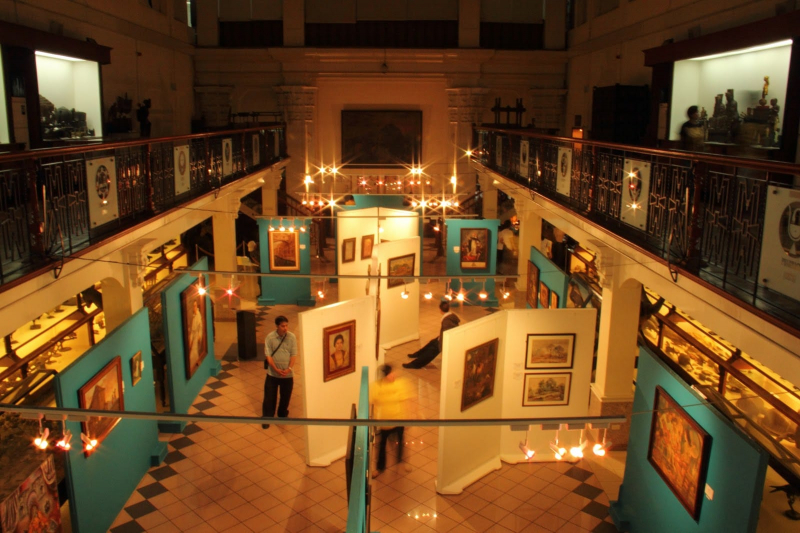
UST Museum of Arts and Sciences 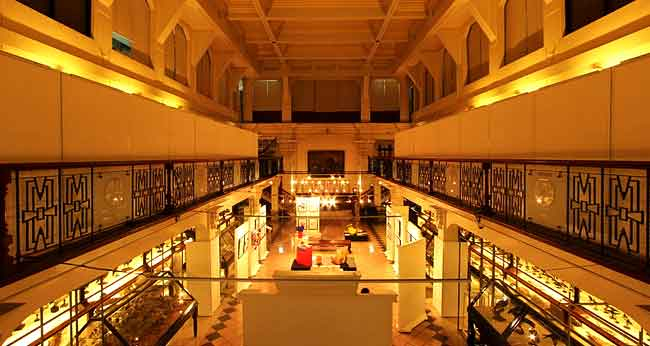
UST Museum of Arts and Sciences -
Taguig, Metro Manila, Philippines' The Mind Museum is a science museum. It is situated on a 1.2-hectare (3.0-acre) property in J. Y. Campos Park in Bonifacio Global City, the city's economic area. The museum officially opened on March 16, 2012, however, a pre-launch celebration was held on December 15, 2011, during which Vice President Jejomar Binay made a speech on behalf of President Benigno Aquino III. The Bonifacio Art Foundation Inc. created the facility (BAFI).
As of 2012, the museum has five major galleries spread across two levels and encompassing a 4,900-square-meter (53,000-square-foot) exhibit area. The galleries each had their own topics, such as atom, life, earth, cosmos, and technology, and were linked by features known as "Nature's Webways". The atom, life, earth, and cosmos galleries are on the ground floor of the two-story museum, while the technology gallery is on the first floor.
Filipino designers, scientists, and fabricators developed 90 percent of the museum's displays with support from a team located in the United States that did the museum's master plan. This includes designers and academics from the University of the Philippines' College of Fine Arts and the University of Santo Tomas.Location: JY Campos Park, 3rd Ave, Taguig, 1634 Metro Manila, Philippines
Website: themindmuseum.org
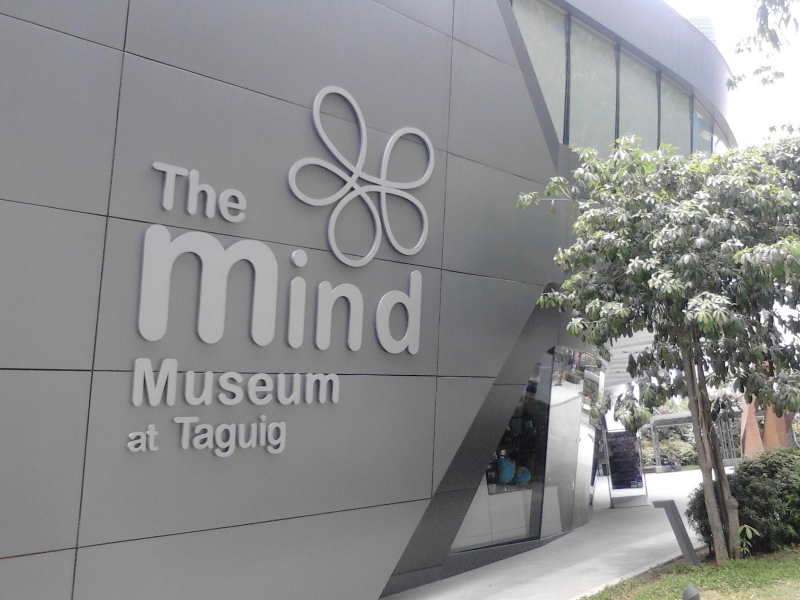
The Mind Museum 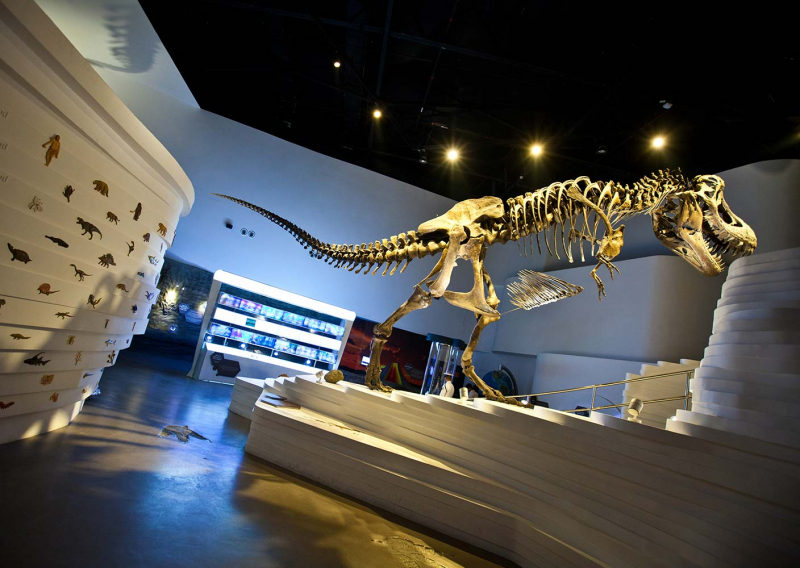
The Mind Museum -
The Museo Pambata (Children's Museum or Museum for Children) is a children's museum in Manila, Philippines, near Rizal Park. It is housed in the old Elks Club Building, which was constructed in 1910 on Roxas Boulevard near the intersection with South Drive.
The Museo Pambata is an interactive museum for children. Unlike typical museums, where artifacts are kept behind glass and touching is strictly prohibited, Museo Pambata encourages visitors to interact with the exhibits using all of their senses. It aspires to be a discovery museum and resource center that promotes Filipino worldwide culture, children's advocacy activities, and unique educational programs with global connections. The museum also hosts monthly seminars and activities for a variety of industries.
Location: 1 Sierra Madre St, Subdivision, Antipolo, 1870 Rizal, Philippines
Website: museopambata.org
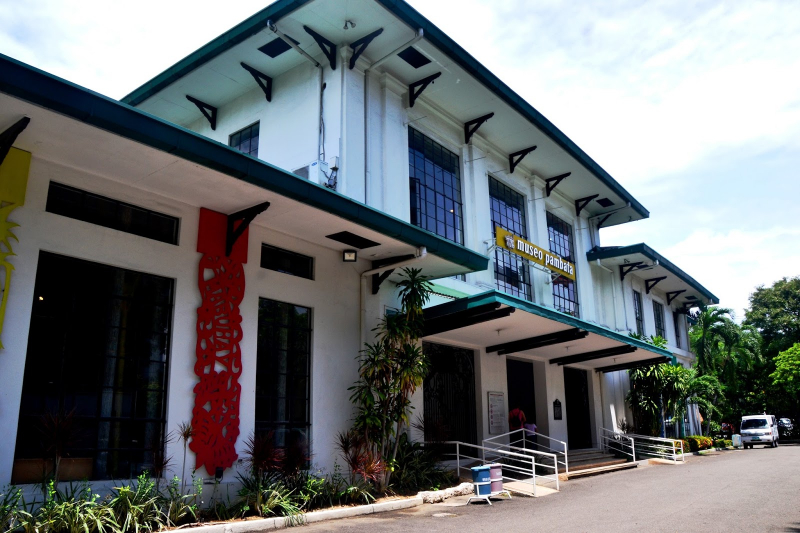
Museo Pambata 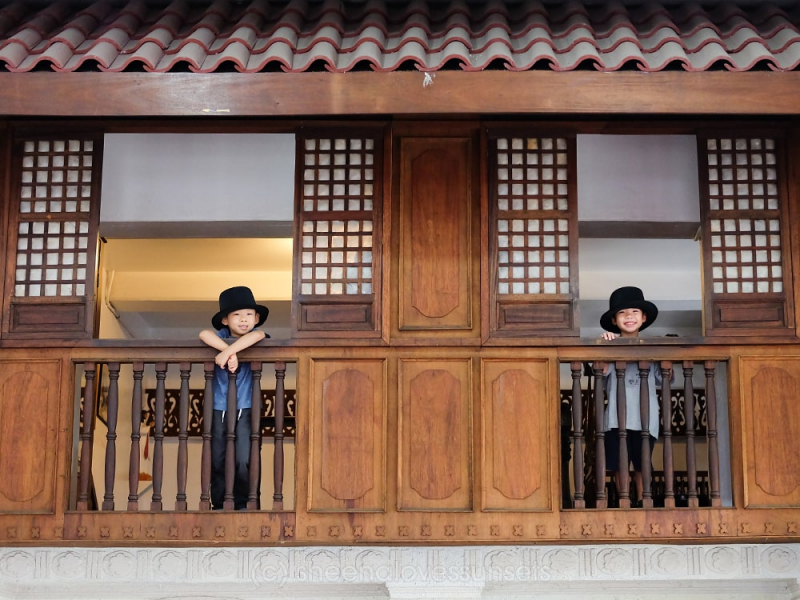
Museo Pambata -
Bencab Museum, a highly fascinating and famous tourist site in the region, is noted for presenting some very wonderful art galleries. This museum has multiple galleries with an amazing collection of work by Benedicto Cabrera, a Philippine National Artist. Guests can experience the works of other notable painters by visiting the Cordillera Gallery, Sepia Gallery, Erotica Gallery, Philippine Contemporary Art Gallery, and numerous more located inside the museum grounds.
Bencab Museum is also an excellent site to go to if you want to see an exceptional collection of native arts, antiquities, and crafts from the northern Philippine highlands that showcase the rich cultural traditions of these regions. Visitors may also appreciate the beauty of nature at the farm and garden, which is located just behind the museum. These gardens behind the Bencab Museum are a beautiful combination of nature and history, and they provide a good opportunity for an eco-trail trip and wandering among the duck ponds.
Location: 6 Asin Rd, Tuba, 2600 Benguet, Philippines
Website: bencabmuseum.org
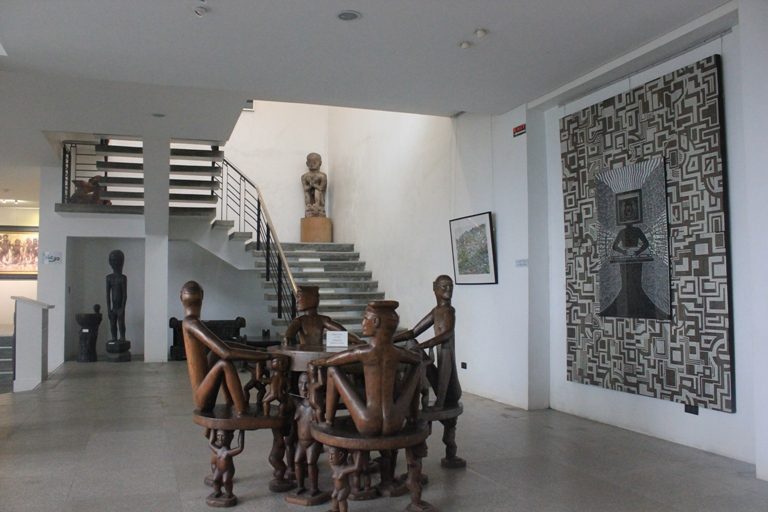
Bencab Museum 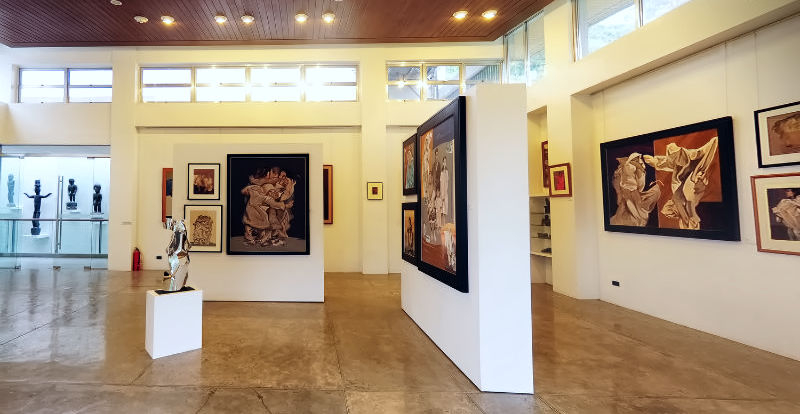
Bencab Museum








